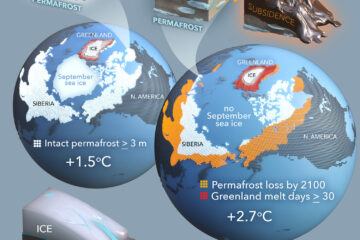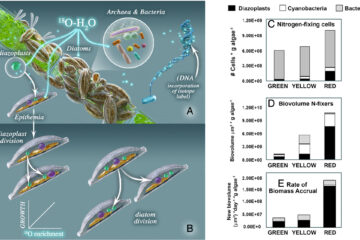The Influence of Altered Rainfall Regimes on Early Season N Partitioning Among Early Phenology Annual Plants, a Late Phenology Shrub, and Microbes in a Semi-arid Ecosystem
In Mediterranean-type ecosystems, nitrogen (N) accumulates in soil during dry summer months and rapidly becomes available during early season rain events. The availability of early season N could depend on the size of rainfall events, soil microbial activity, and phenology of the plant community. However, it is poorly understood how precipitation patterns affect the fate of early season N. Microbes and plants with early phenology may compete strongly for early season N but theory suggests that microbial N storage can meet plant N demands later in the season. Using a 15N tracer and rainfall manipulation we investigated the fate of early season N. N allocation patterns differed substantially between microbes, early and late phenology plants. As expected early phenology annuals and microbes took up 15N, within 1 day, whereas a late-phenology shrub allocated 15N to leaves later in the season. We saw no evidence for microbial storage of early season N; the peak of 15N in shrub leaves did not coincide with detectable levels of 15N in the microbial biomass or labile soil pool. This suggests that shrubs were able to access early season N, store and allocate it for growth later in the season. Although we saw no evidence of microbial N storage, N retention in soil organic matter (SOM) was high and microbes may play an important role in sequestering N to SOM. Plant N uptake did not respond significantly to 1 year of rainfall manipulation, but microbes were sensitive to dry conditions. 1 year after 15N addition shrubs had resorbed up to half of the N from leaves whereas N in annuals remained as dead leaf litter. Differences in end-of-season N partitioning between dead and living biomass in the two vegetation types suggest that plant species composition could affect N availability in the following growing season, but it may take several years of altered precipitation patterns to produce rainfall-dependent changes.


